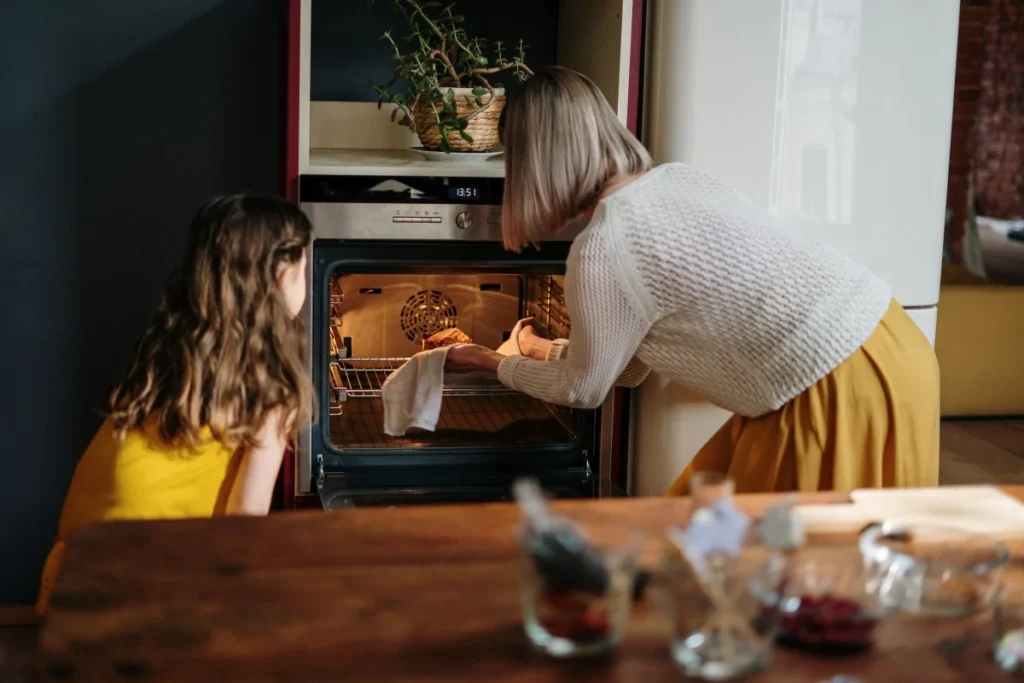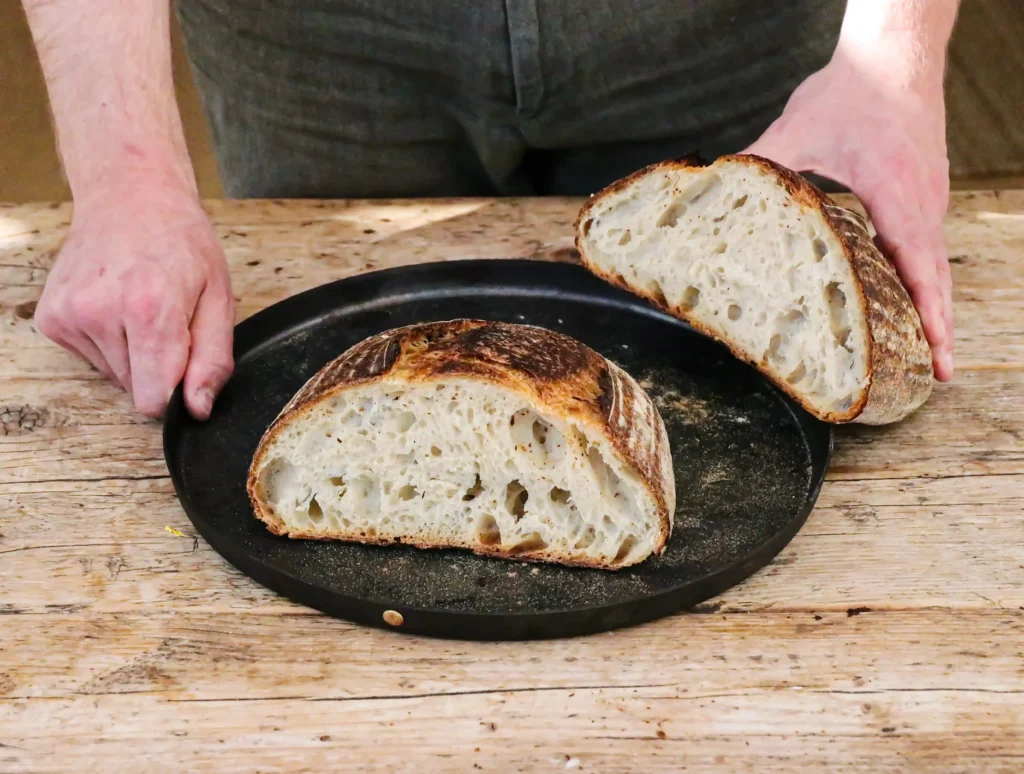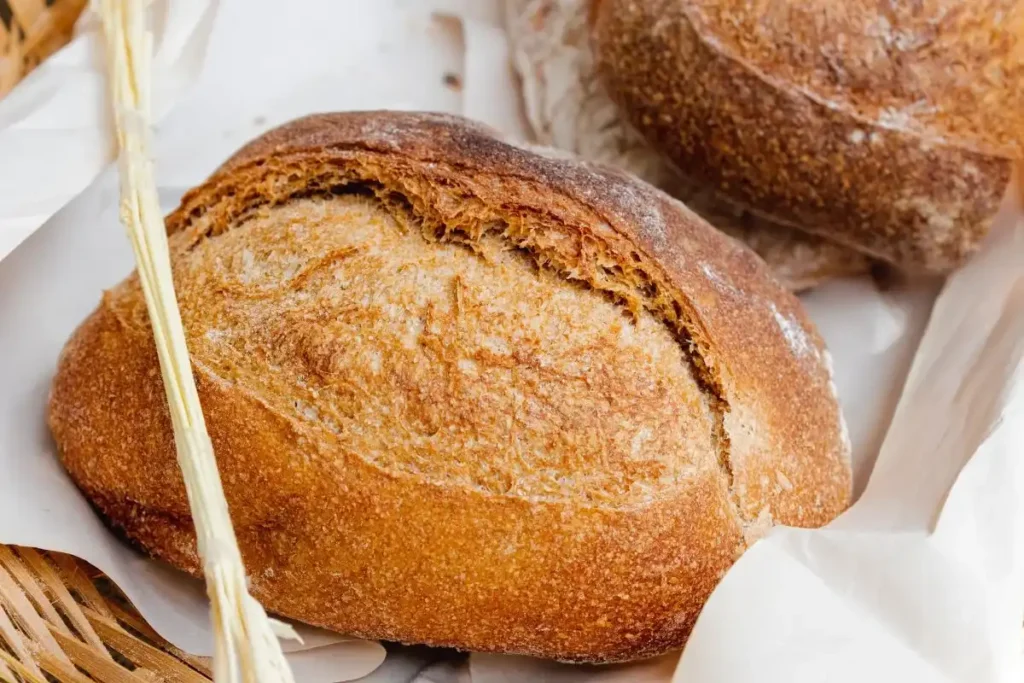
A Step-by-Step Guide to Fixing Broken Banana Bread
Are you tired of ending up with crumbly, dry banana bread that falls apart at the slightest touch?
If so, you’re in luck! In this step-by-step guide, we’ll show you how to rescue your baking mishaps and turn your broken banana bread into a perfect, moist treat that will have everyone asking for seconds.
Using simple yet effective techniques, we’ll walk you through the process of salvaging your failed banana bread. From analyzing the problem to identifying the right solutions, you’ll learn how to troubleshoot issues that can result in broken banana bread and provide you with practical steps to fix it.
Plus, we’ll share some preventative measures to ensure your future banana bread bakes are perfect.
With our expert tips and tricks, you’ll be well-equipped to transform your baking failures into delicious successes. Whether you’re a seasoned baker looking to up your game or a novice facing your first banana bread disaster, this guide is a must-read.
Table of Contents
Toggle5 Main Reasons Why Your Banana Bread Broken
When your banana bread comes out dry, crumbly, or just not right, it’s important to know why. Let’s look at the five main reasons for broken banana bread.
Over-Baking
One of the biggest reasons banana bread turns out bad is when it’s over-baked. Baking it for too long makes it dry and, in some cases, even burnt. Following the right baking time and temperature is crucial for a perfectly baked loaf. When you keep it in the oven for too long, it loses its moisture, and you end up with a less-than-great result.
To avoid over-baking, check your oven’s temperature with an oven thermometer. Stick to the baking time in your recipe and use a toothpick to see if your banana bread is ready. When the toothpick comes out clean with a few moist crumbs, your banana bread is good to go.
Not Enough Moisture
Moisture is the key to getting that perfect, soft banana bread texture. If your bread turns out dry and crumbly, it’s often because there isn’t enough moisture. Ripe bananas are the main source of moisture in banana bread. If your bananas aren’t ripe enough, or if you forget to add other moist ingredients like yogurt or buttermilk, your bread can be dry.
To avoid this problem, make sure your bananas are really ripe. Ripe bananas not only give your bread a sweet banana taste but also add the needed moisture to the batter. If your bananas aren’t ripe yet, you can speed up the ripening process by putting them in a paper bag for a day or two.
Wrong Ingredient Ratios
Another common cause of broken banana bread is using the wrong amounts of ingredients. Banana bread is a delicate balance of ingredients, and any changes can cause issues. Using too much flour or too few bananas can make your bread dry or heavy. The wrong ratios can mess up the blend of flavors and textures that make banana bread so good.
To avoid this problem, measure your ingredients carefully. Use a kitchen scale to be precise, especially for flour and sugar. Follow the recipe closely to keep the right balance of wet and dry ingredients. That way, your banana bread won’t be too dry or dense.
Poorly Mashed Bananas
How well you mash your bananas has a big impact on your banana bread. If there are lumps or chunks in your mashed bananas, it can make your bread uneven and look bad. Make sure to mash your bananas really well for a smooth, even texture.
To get well-mashed bananas, use ripe ones that you can easily mash with a fork or potato masher. The goal is to make a smooth banana puree without lumps. The smoother your banana puree, the more even and moist your banana bread will be.
Not Mixing Enough
While you don’t want to mix your banana bread batter too much, not mixing it enough can also cause problems. If your ingredients aren’t mixed well, you might have dry flour patches or uneven flavors, which makes your loaf less than perfect.
To fix this, make sure to mix your ingredients until they’re just combined. Overmixing can make your bread heavy and tough, so aim for batter that’s evenly moist without any visible flour streaks. Pay extra attention to the dry ingredients to make sure they’re mixed in well with the wet ones.
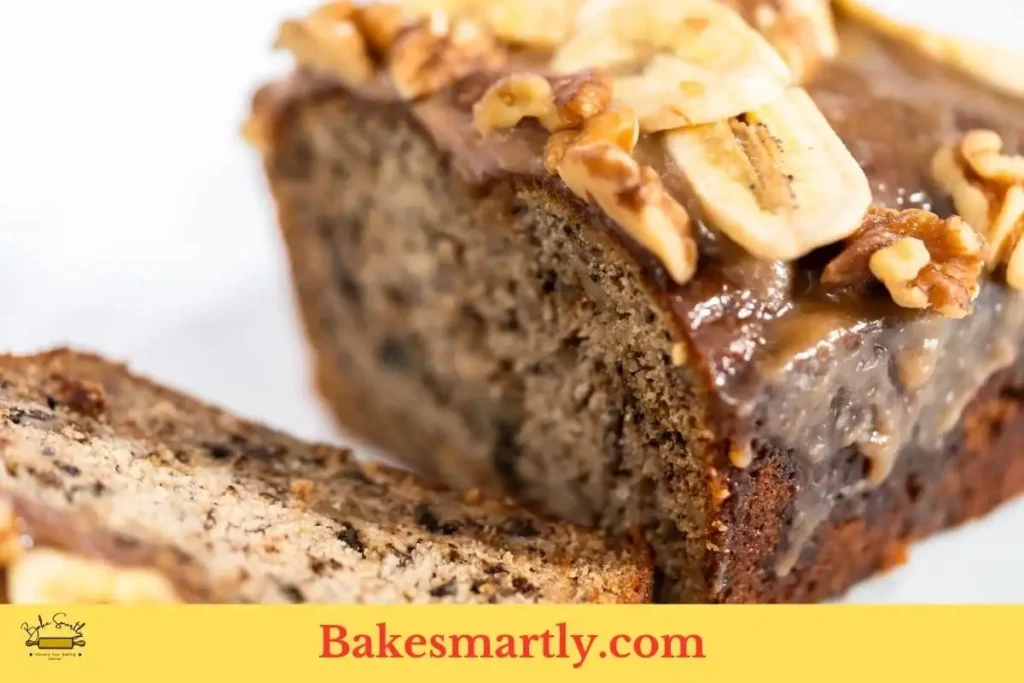
How To Fix Broken Banana Bread Step-by-Step Guide
So, you’ve baked some banana bread, and it didn’t turn out how you wanted. It’s either dry or crumbly, and not as moist as you’d like.
Don’t worry, you can save your banana bread and make it tasty again. In this section, we’ll walk you through the process of fixing your bad banana bread and making it moist, tender, and delicious.
Step 1: See How Bad It Is
Before you start fixing your banana bread, you need to know how bad the problem is. Is it just a little dry, or is it really bad? Understanding how messed up it is will help you decide what to do.
If your banana bread is only a bit dry around the edges, you might not need to do much. But if the whole thing is really dry or crumbly, you might have to do more, like re-baking it.
Step 2: Add Moisture
To fix dry banana bread, the first thing you should do is add moisture. You can do this in a few ways:
- Use Simple Syrup: Make a simple syrup by mixing equal parts of sugar and water in a saucepan. Heat it until the sugar dissolves. Let it cool a bit, and then brush it generously over your banana bread. The syrup soaks into the bread, adding moisture and sweetness.
- Honey and Warm Water: Mix warm water and honey to make a glaze. Warm up the mixture in the microwave and then drizzle it over your bread. The honey adds moisture.
- Damp Kitchen Towel: For a gentler approach, wrap your banana bread in a damp kitchen towel. Put the wrapped bread in an oven heated to 300°F (150°C) for 10-15 minutes. The towel’s moisture will be absorbed by the bread, making it better.
Note: Remember not to add too much moisture, or your banana bread might become soggy.
Step 3: Re-Baking (For Serious Problems)
If your banana bread is completely inedible, you can try re-baking it. This means slicing your bread into pieces, putting them in a baking dish, and adding some moisture.
- Slice the Bread: Use a sharp knife to carefully cut your banana bread into pieces. This helps with even heating and getting moisture everywhere.
- Make the Slices Moist: Add a bit of moisture to the slices. You can use milk, water, or even a flavored syrup. The goal is to add moisture and soften the bread.
- Reheat in the Oven: Put the moistened slices in a baking dish and cover them with aluminum foil. Preheat your oven to 300°F (150°C) and bake the slices for 10-15 minutes. Keep an eye on them so they don’t over-bake.
- Check for Doneness: After re-baking, check the slices to see if they’re ready. They should be soft and moist. If needed, bake them for a few more minutes.
Note: This re-baking method can do wonders for severely broken banana bread, but be careful not to overdo it. You want to balance moisture and keeping the bread’s structure.
Picking the Right Bananas
Choosing the right bananas is super important for great banana bread. To get the perfect amount of moisture and flavor, use ripe bananas. Ripe bananas are easy to spot because they have a yellow peel with brown speckles.

The more brown speckles there are, the riper the banana is, which is perfect for banana bread. Ripe bananas are easier to mash, plus they bring natural sweetness and moisture to your bread, making it moist and tasty.
So, when you’re choosing bananas for your banana bread, go for the ones with brown speckles for the best results.
Tips for Preventing Broken Banana Bread in the Future
While fixing banana bread is good, preventing it from going wrong in the first place is even better.
Here are some important tips to make sure your banana bread turns out moist, tender, and perfect every time:
- Use Ripe Bananas: As we’ve mentioned, ripe bananas are your best bet for making great banana bread. They give it a sweet taste and add the moisture it needs. Look for bananas with brown speckles on their yellow skin for the best results.
- Precise Measurements: Being exact in your measurements is super important in baking. Use a kitchen scale to make sure you measure things precisely, especially for flour and sugar. Getting the right balance of wet and dry ingredients is key for getting the right texture.
- Don’t Overmix: Mixing your batter too much can make your banana bread tough and heavy. Just mix your ingredients until they’re combined to keep a tender texture.
- Pick the Right Pan: Use the pan size that your recipe recommends. A pan that’s too big or too small can change the baking time and texture of your bread.
- Check for Doneness: To avoid over-baking, check your banana bread often to see if it’s done. Use a toothpick or a cake tester. If it comes out clean with a few moist crumbs, your bread is ready.
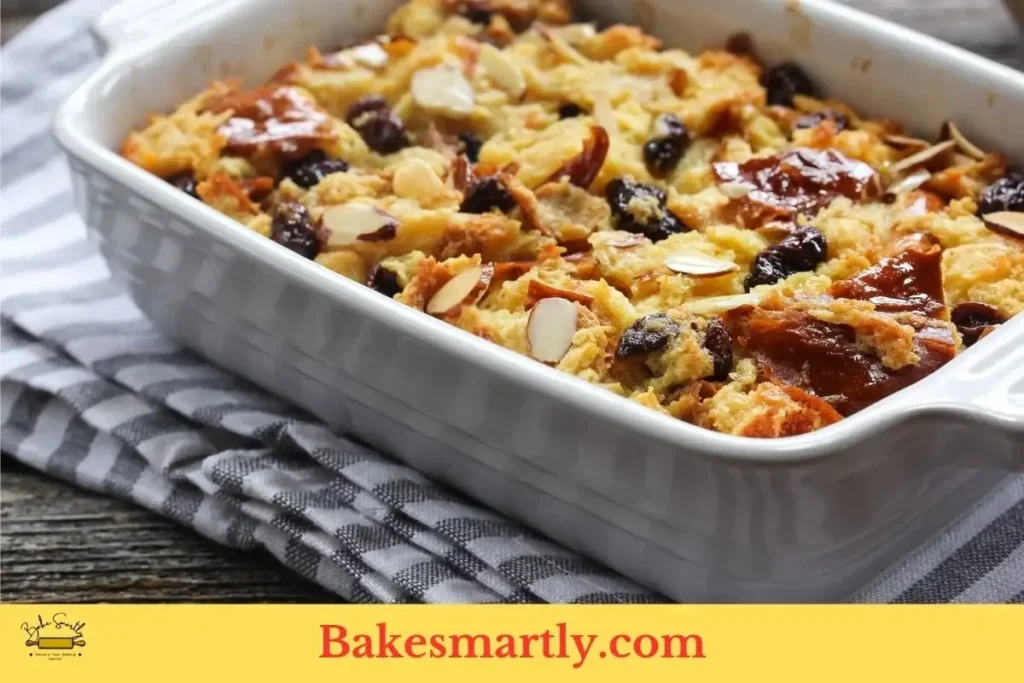
Alternative Ways to Use Broken Banana Bread
When life gives you broken banana bread, don’t throw it away! Try these fun and tasty ways to use your not-so-perfect loaf:
- Banana Bread French Toast: Turn your banana bread into a yummy breakfast by making banana bread French toast. Dip slices of the bread in a mixture of beaten eggs, milk, and a bit of cinnamon. Cook them until they’re golden brown, and serve with syrup and fresh fruit for a tasty morning meal.
- Banana Bread Parfait: Crumbled banana bread can be used to make a delicious banana bread parfait. Layer crumbled pieces of the bread with yogurt, fresh berries, and a drizzle of honey. It’s a delightful dessert or snack.
- Banana Bread Ice Cream Topping: Crumbled or diced banana bread makes an amazing ice cream topping. Add it to your favorite ice cream for a fantastic crunch and a burst of banana flavor.
- Banana Bread Bread Pudding: Think of your messed-up banana bread as a yummy bread pudding. Tear the bread into chunks and mix it with a mix of eggs, milk, sugar, and your favorite flavors. Bake it until it’s set, and serve with a warm drizzle of caramel or chocolate sauce.
- Banana Bread Smoothie: Blend your banana bread with yogurt, ripe bananas, some milk, and a bit of honey to make a banana bread smoothie. It’s a quick and tasty way to enjoy the flavors of banana bread on the go.
These creative uses not only help reduce food waste but also show how versatile banana bread can be. Don’t get upset if your loaf turns out broken; get creative in the kitchen and enjoy all the tasty options it still has.
Final Thoughts
In conclusion, fixing broken banana bread is possible and a useful skill for any baker. By understanding the common reasons for baking mistakes and following the step-by-step guide in this article, you can save your banana bread and turn it into a moist, tender, and flavorful treat.
Whether your banana bread had problems because of over-baking, not enough moisture, wrong ingredient amounts, poorly mashed bananas, or not mixing well, there are solutions for each issue. The key is to see how bad it is and use the right fixes, like adding moisture or re-baking it if it’s really messed up.
Picking the right bananas is a crucial step in getting perfect banana bread. To get the right moisture and flavor, choose ripe bananas. They’re easy to mash and bring the sweetness and moisture needed for a great loaf. So, when you pick bananas for your banana bread, go for the ones with brown speckles for a delicious result.
And if, despite your best efforts, your banana bread still turns out Broken, don’t worry. Get creative with alternative uses like making French toast, parfaits, ice cream toppings, bread pudding, or smoothies. You don’t need to throw away a single crumb of your banana bread creation.
So, the next time your banana bread doesn’t turn out as you hoped, remember this guide, and you’ll be ready to fix it and enjoy a tasty result. Happy baking!
Lindsey Mackenzie
About me
Hi there! I’m Lindsey Mackenzie, the founder of Bake Smartly. Baking has been my passion since childhood, growing up in my father’s bakery. With Bake Smartly, I’m excited to share my love for all things sweet and savory. Join me on this delicious journey as we whip up scrumptious treats and sprinkle joy into every bite!

